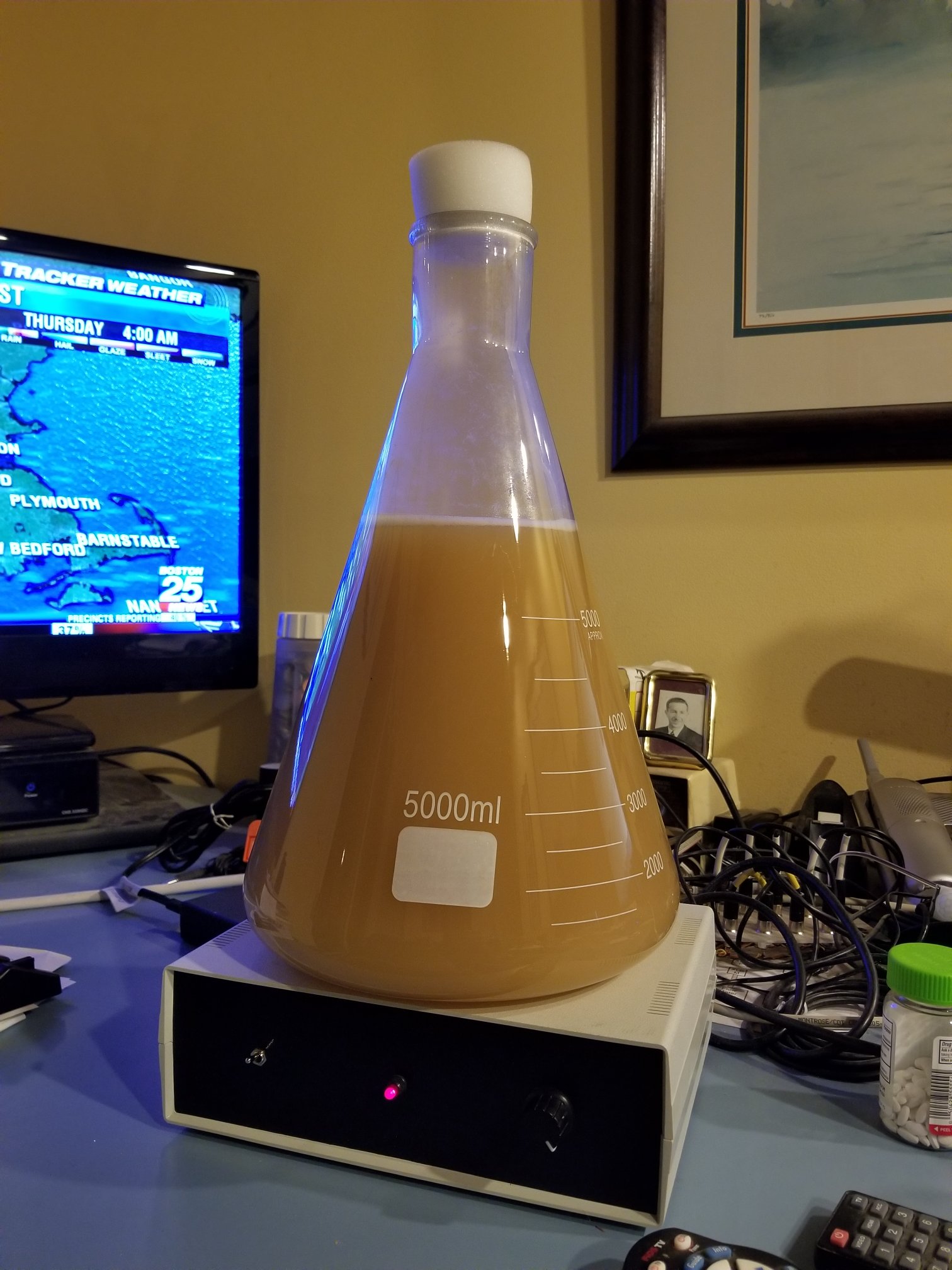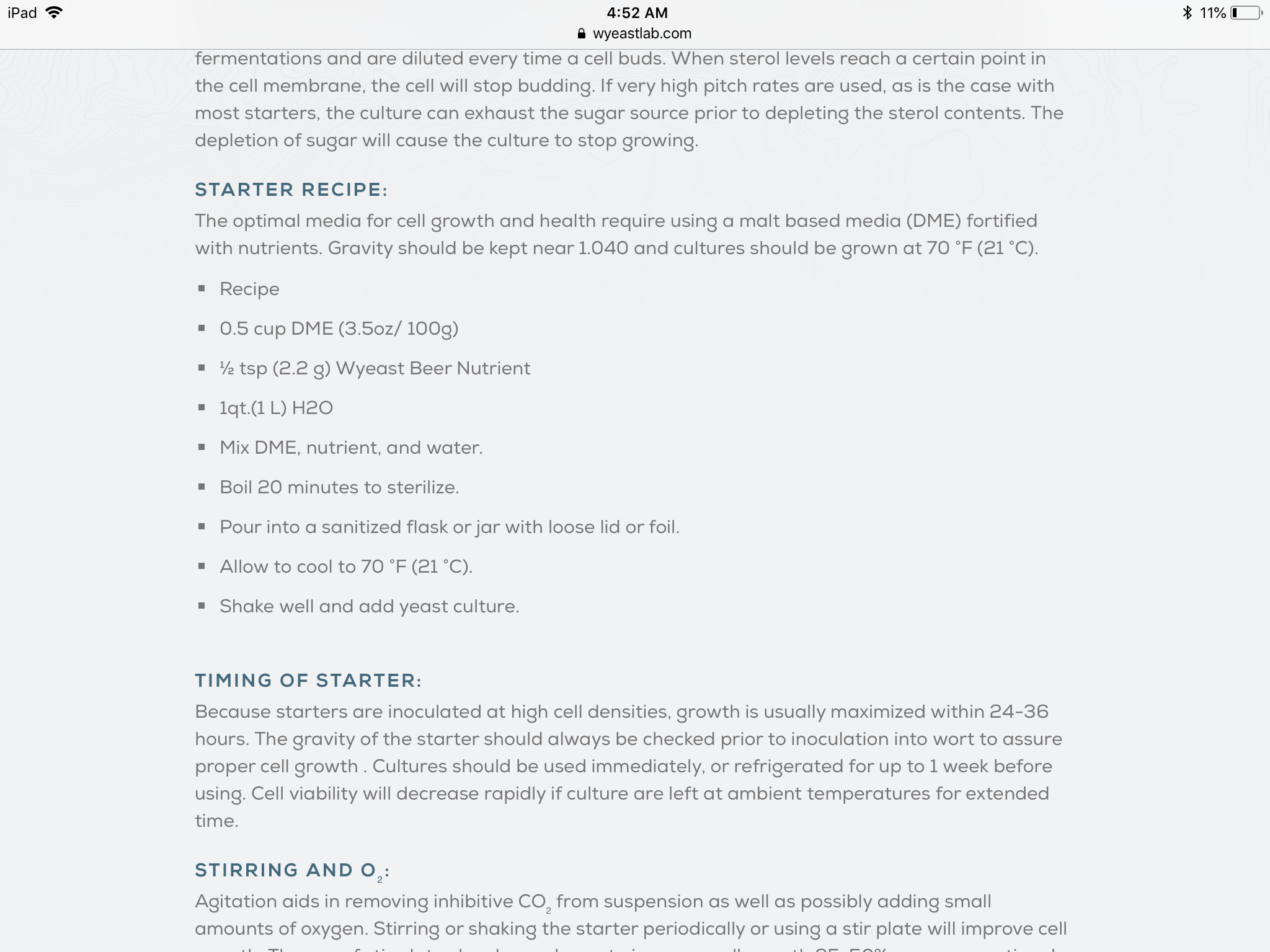Any articles on how to go about the steps, or how do you go about it. all new to me. Thx
I can't find the thread or article that got me started, but a Google search brought up a lot of hits.
I make 4 vials from a starter of a yeast I want to save. I make the original starter a little bigger than needed for the beer I am brewing. This give me the yeast for freezing. If I made another 4 vials each time I used one, for just 4 generations, I would have yeast for 256 brews. Right now I am making new vials from the last vial so in 4 generations I get 17 brews from the purchase of one pack of yeast.
I boil a cup of water. Sanitize my vials, a measuring syringe, etc. Some use a little oil lamp to create an up draft to work next to in an effort to keep bacteria etc away. I work next to a range burner.
I settled on 25% Glycerin, 25% yeast and 50% water. I saw some other ratios.
Use the medicine syringe to suck up 5 ml glycerin and add that to each vial.
suck up 10 ml water and add to each vial.
suck up 5 ml yeast and add to each vial.
I use 20 ml vials, a lot of the articles made bigger vials.
Shake the vials to mix up the solution and put them in the refrigerator.
The next day shake them up to mix the solution well and put them in freezer. I have a styrofoam box that I surround with ice packs to counteract the defrost cycle of the freezer.
When I use them I put a vial on the counter so it thaws. When at room temperature I pitch that into a small 1.025 starter - about 1/4 liter. I let that run on a stirplate for a couple of days. I then make a .75 liter starter at about 1.035. Sometimes I add the 1/4 liter starter, sometimes I chill and decant the spent beer first. I run that for about 2 days. I then consider that as a fresh package of yeast and make an appropriate starter for my recipe.






























![Craft A Brew - Safale S-04 Dry Yeast - Fermentis - English Ale Dry Yeast - For English and American Ales and Hard Apple Ciders - Ingredients for Home Brewing - Beer Making Supplies - [1 Pack]](https://m.media-amazon.com/images/I/41fVGNh6JfL._SL500_.jpg)





























